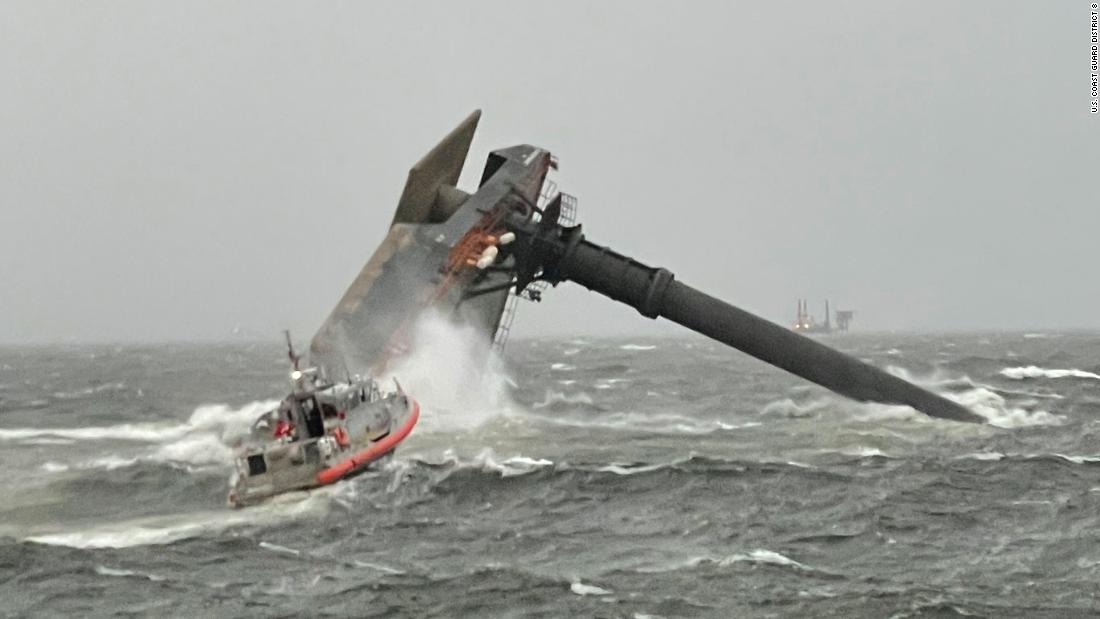
A stationary front positioned across the southeast led to a large cluster of thunderstorms moving across Louisiana and other Gulf Coast states on Tuesday.
Shortly after the 36-meter Seacor Power lift boat, a vessel that serves oil platforms, left Port Fourchon on Tuesday afternoon, it is said to have faced a strong series of thunderstorms. The ship was about seven nautical miles south of Port Fourchon when the ship made a mayday call just before 4:30 PM
High waves and winds of 40 to 100 km / h were reported at nearby land stations, even up to 12 hours after the boat capsized.
“The cloud tops reached more than 15,000 meters, indicating very strong storms,” said CNN meteorologist Taylor Ward. “Very strong winds were drawn to the surface and radar data also showed that there was rotation embedded in those storms, so there is a possibility that water spouts have also occurred.”
As if that were not enough, there was also something going on called “gravitational waves”.
This would have made it even more difficult on any ship in that region, let alone a large ship already fighting storm conditions.
Rescue efforts continue
Six people have been rescued from the water, while the bodies of four people have been recovered so far.
The Coast Guard has been using contracted private divers to conduct search and rescue operations in recent days. However, the weather was not ideal. Thunderstorms have repeatedly surfaced around the search area with gusts of wind, small hail and the possibility of waterspouts. The chance of rain and thunder stays in the forecast all weekend, making it more difficult for the search and rescue teams.
“Our rescue teams have diligently pursued the search and rescue efforts for the missing people from the capsized ship,” said Captain Will Watson, commander of the New Orleans Coast Guard sector.
Watson noted that the water temperature is above 70 degrees, which is an important detail.
So with water temperatures in the low 70s, currently around the ship’s location, the temperatures may not be exactly warm, but they are survivable.
Mallika Kallingal, Joe Sutton and Taylor Ward contributed to this report.